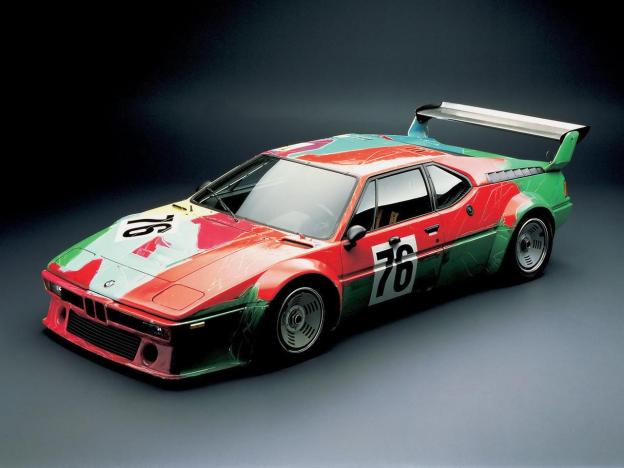
BMW stepped outside its conservative German roots back in the 1977 and commissioned Any Warhol to make some art from its infamous M1 supercar. The result was something quite interesting, as you can see.
“I tried to portray speed pictorially. If a car is moving really quickly, all the lines and colors are blurred,” Warhol said of the creation.
He first started with a scale model that he painted himself. When he finished, he handed the real deal off to his assistants who replicated the piece under his supervision. “Warhol, however, was the first to paint everything himself. By transferring his ideas to the car in this spontaneous and direct manner, he could clearly stamp his own character on it,” according to a BMW press release.
Now this one-off art car is on display at the Saratoga Automobile Museum alongside the 1976 Daytona 24 Hours winning 3.0 CSL and a prewar 328 racecar, amongst other classic BMW creations.

If you have the chance, go see this exhibit, as it is one of the most eclectic collections of BMW history we’ve seen. All too often, BMW exhibits ignore the WWII history of BMW but this one doesn’t, for better or worse.
For those of you who are also motorcycle fans, the exhibit will have several notable BMW motorrads on display as well, including a 1931 R16 and a 1934 R11 with a stamped-steel frame. One highlight of the exhibition will be an unrestored military 1942 R12 motorcycle found in a barn in France.


